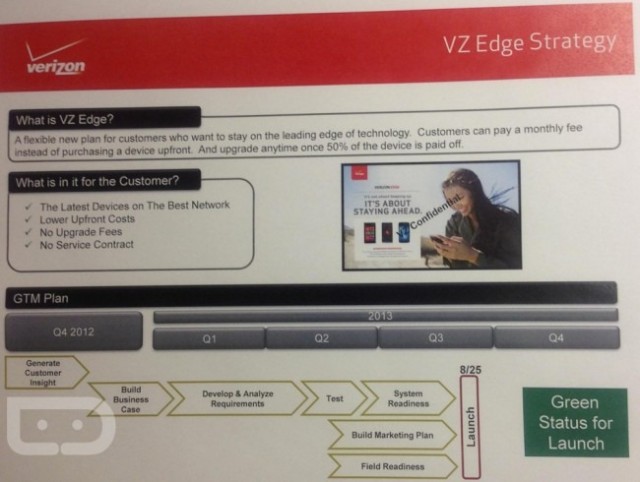 |
| [Oracle SunRay 3plus] |
Desktop Clients have moved from dumb terminals, to slightly intelligent systems with built in BASIC into a ROM, to desktop personal computers, to highly functional desktop UNIX workstations, to stateless appliances. The SunRay was Sun Microsystems' vision into the stateless appliance on the TCP/IP Internet. Oracle has announced the end-of-life of their hardware appliances.
 |
| [Sun Microsytsems SunRay 270] |
Oracle had acquired a significant set of virtualized infrastructure with their purchase of Sun Microsystems. There was Tarantella, purchased by Sun, and now mainstream within Oracle as "Oracle Secure Global Desktop". There was VirtualBox, purchased by Sun, and now mainstream within Oracle. There was Zones, constructed on Solaris, and finding their way into Oracle Enterprise Linux. There was LDom's, constructed on OpenFirmware, and gone mainstream under the Oracle T processors as Oracle VM for SPARC.
 |
| [Sun Microsystems SunRay 2] |
Not all went well. There was Sun's Xen based Hypervisor (on top of OpenSolaris with ZFS), killed & replaced by Oracle's home-grown inferior Linux hypervisor (which lacks ZFS.) In the latest announcement from Oracle's Virtualization Blog:
In an effort to more tightly align Oracle's future desktop virtualization portfolio investments with Oracle Corporation's overall core business strategy, we have ended new feature development for Oracle Sun Ray Software (SRS), Oracle Virtual Desktop Infrastructure Software (VDI), Oracle Virtual Desktop Client (OVDC) Software, and Oracle Sun Ray Client hardware (3, 3i, and 3 Plus).
The SunRay, an amazing stateless appliance, is finding it's days coming to an end.
Network Management:
Many SunRay's are still functional after 10 years, but in new devices may not find their way into production under Oracle's flag. The question is: will the source code be opened and will others from the Illumos community decide to carry the torch for desktop appliances which have a near-forever hardware life expectancy with no moving parts?












